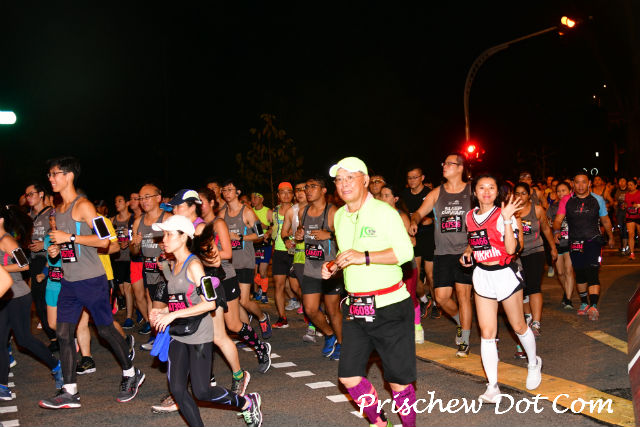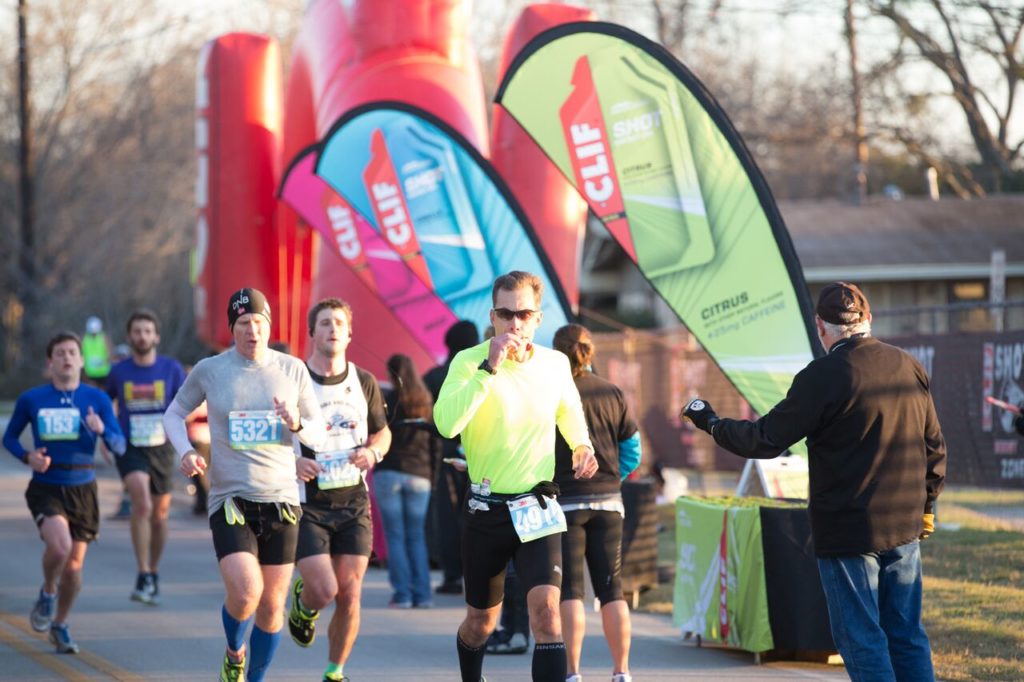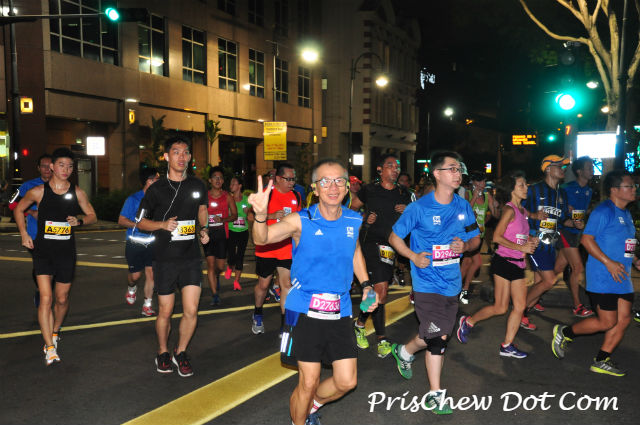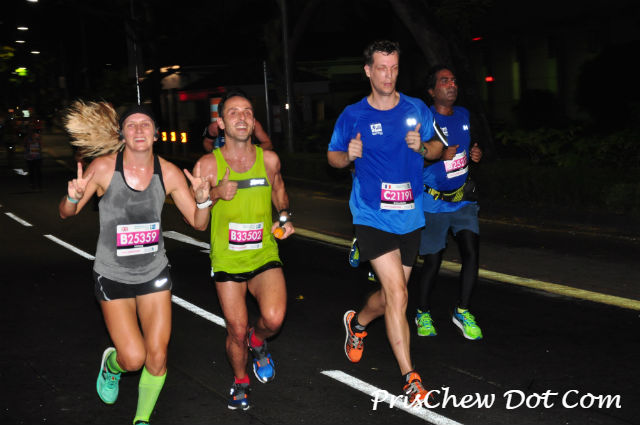When you race in humid climates such as in Singapore and Malaysia, it is very important to be conservative in terms of your race strategy.
This is according to Ben Pulham, 37, founder of Coached, a heart rate training program for runners and triathletes that allows you to track, optimise and enjoy your training.

Coached’s Ben Pulham.
Ben used to be a professional triathlete, representing New Zealand, before he retired to set up Coached and start a family.
Said Ben, “Running in humid conditions, is different to doing it in cool climates because you need to have a much more conservative race strategy and be aware of your hydration needs. You want to limit the rate that you are losing electrolytes so it is important to have a good hydration plan and to stick to it.”
On the other hand though, Ben also explained that for runners and triathletes, their fluid requirement is much lower when they race in temperate climates, such as in the Gold Coast or Sydney.
Said Ben, “The requirement for fluids is lower when you are racing in cold climates so you don’t drink so much. But replacing sodium is important no matter where you race. I am generally a believer of drinking at every station. But the climate where you race, and how well hydrated you are at the start point, will depend on whether you take a mouthful at each aid station versus slowing down and taking three cups.”

Running in humid climates like Singapore requires a more conservative hydration strategy.
But apart from increased the hydration requirements for tropical weather races, Ben also stressed that an athlete’s energy requirements should be consistent regardless of whether they are racing in temperate or tropical weather.
Said Ben, “Gels are energy, so you still require the same amount of energy to say, complete a marathon regardless of whether you are running in Singapore or the Gold Coast. It’s just that the Gold Coast weather is cooler so you do not need to consume so much liquid, from a volume perspective.”
He also added, “And as well, I am also a believer in pre-loading of salt; by putting salt into your body prior to the race, you will retain fluid and dehydrate at a slower rate. For men if I were to race in Singapore, I would put more table salt into my food. Generally I have always raced well under heat so maybe that contributed to it.”
But when it comes to choosing salt though, Ben generally advises runners and triathletes to take branded salt capsules targeted at athletes, rather than having common table salt, as there is a higher chance these products contain “good quality salt” that will maximise athletic performance and outcome.
During his own days as a professional triathlete, Ben himself raced on a bottle of water and some Coca-Cola on the bike leg and one energy gel plus water during the running leg. He said, “But I would drink more water in say, Singapore than in a cooler climate. I did everything wrong though. During those days, I did not give much thought at all to hydration; I did a lot of training but did not really consider the peripherals.”

When should you take in gels during a marathon?
He continued, “I’d used to be a sugar junkie as an athlete but now, if I could turn back time with the knowledge I have, I would be very thoughtful of how I approach the hydration side of things. I would have more salt, for sure. And I would split my calories and hydration,. I would not have had Coca-Cola. I would have taken a sugar free electrolyte drink on the bike and plenty of salt. And on the run, I would have had water and a gel.”
Ben also added too, that in terms of training, it is preferable to simulate training in the type of climate that you are racing in. He said, “So if you are racing in a humid climate, you want to simulate that. In Singapore, we live in hot and humid weather but the problem with many runners is that we do our runs early in the morning or late at night to avoid the sun.”
He continued, “But on race day, a lot of time is spent running at 9am when it is very hot. So even if we are used to running in the humidity, we are not used to running at that time of day. So this puts the body under stress when it is not conditioned.”

Runners who race the Singapore Marathon rarely do training runs at 9am.
This is especially true for runners who take part in Singapore’s year-end marathon event, the Standard Chartered Singapore Marathon.
So Ben strongly advises runners to do simulation runs. He said, “Do some training, not all, but certain key sessions in the hot part of the day, so that the body understands what it feels like to run at 9am and gets better at it. Aim to finish say, the longest run in your training programme at 10am.”
However Ben did concede though, that for Singapore-based runners who are taking part in a race in temperate or cooler climates, it may be hard to do simulation runs.
He said, “It is hard to simulate cold, but when I was an athlete living in New Zealand, I would layer up in clothes and spend 30 minutes after my swim training, sitting in the sauna, so that the body knows what it feels like to be hot.”
Continued Ben, “But if I were to do a race in Antarctica, I would put a treadmill in a giant freezer to simulate this, but then again, this is not practical for most people to do. So in such cases, I would suggest to control what you can control and worry about that. Do not think about what you cannot control.”

It is easy to simulate heat but hard to simulate cold.
Ben pointed out, in fact, that this is a common problem among runners too – that they tend to worry about things that are out of their control. Said Ben, “If it is really cold during the marathon, you can put on layers as you run, and when the body warms up, simply take off those layers so that you can maintain an optimal body temperature throughout the race. By worrying about only what you are able to control you can maximise your results on race day.”
Still, most tropical-based runners who complete marathons in cooler climates tend to set personal best timings, and to this, Ben feels that it is because the body is under less stress during the run. He said, “During hot and humid weather, the body has to work to keep cool so in a cooler climate, the body is not working so hard, so this means that you can run at a faster pace for the same effort.”
He added, “But to run a good race though, the key takeaway is to control what you can control, and do your best to get the most out of your body regardless of where you are running.”

Leave a Comment